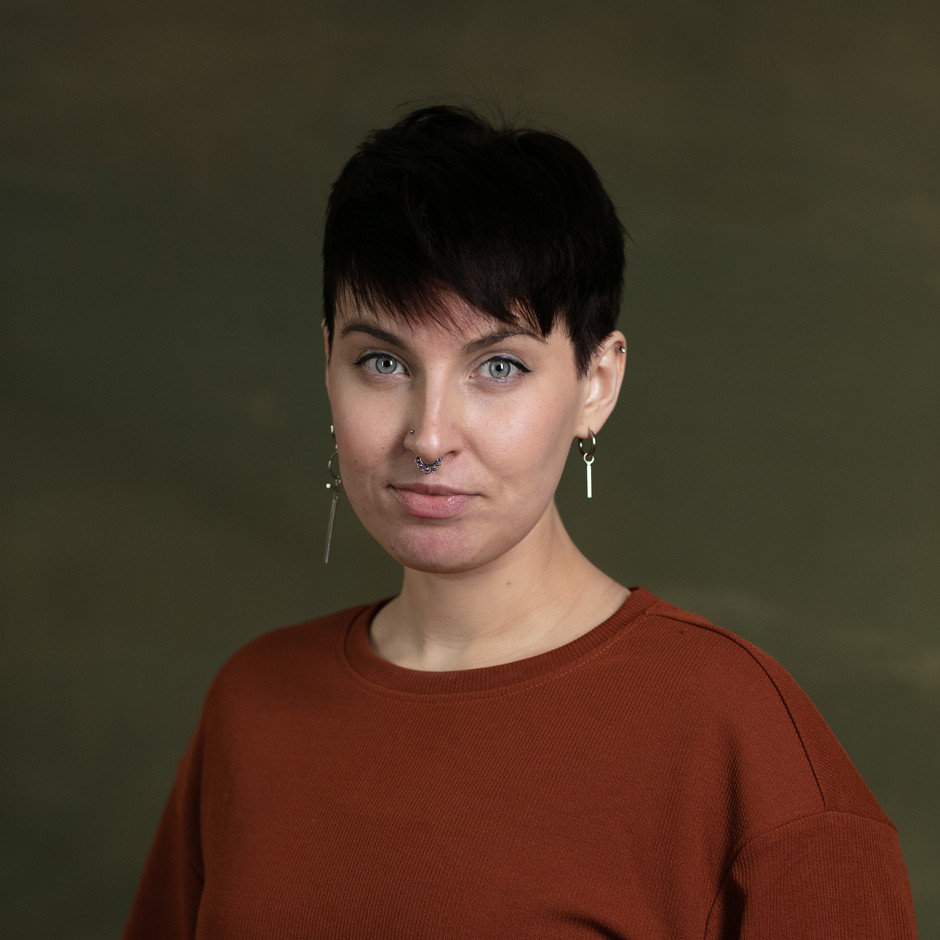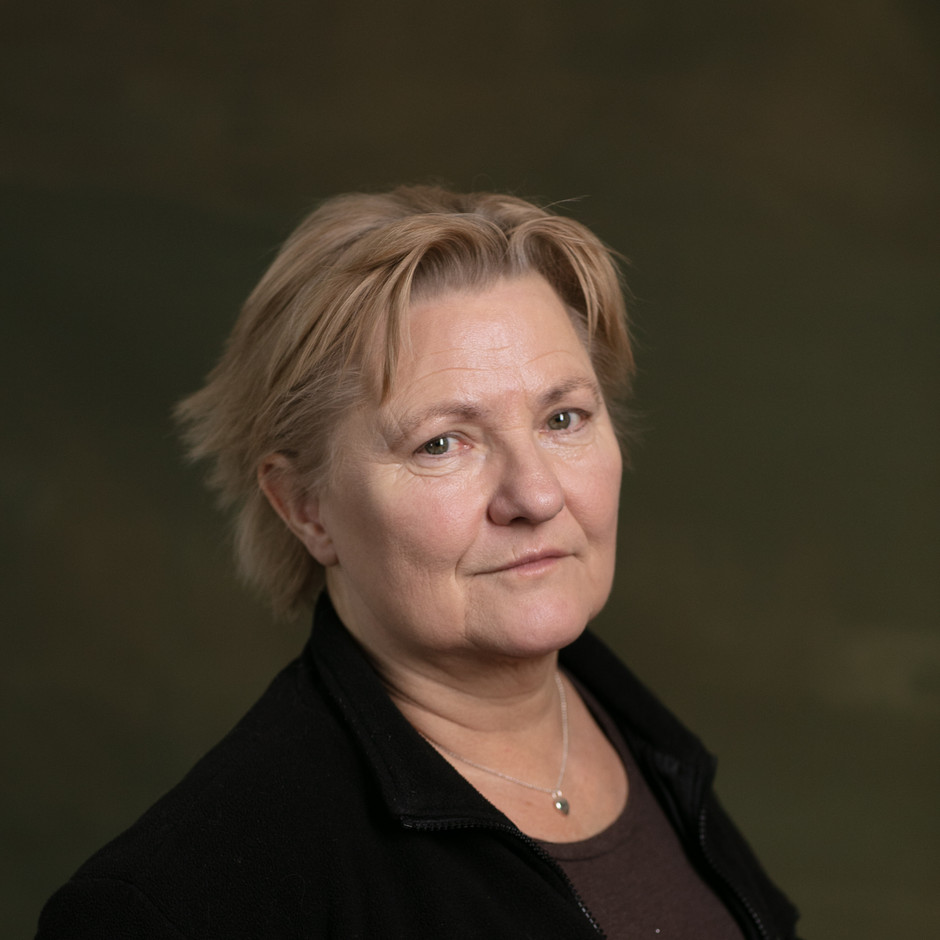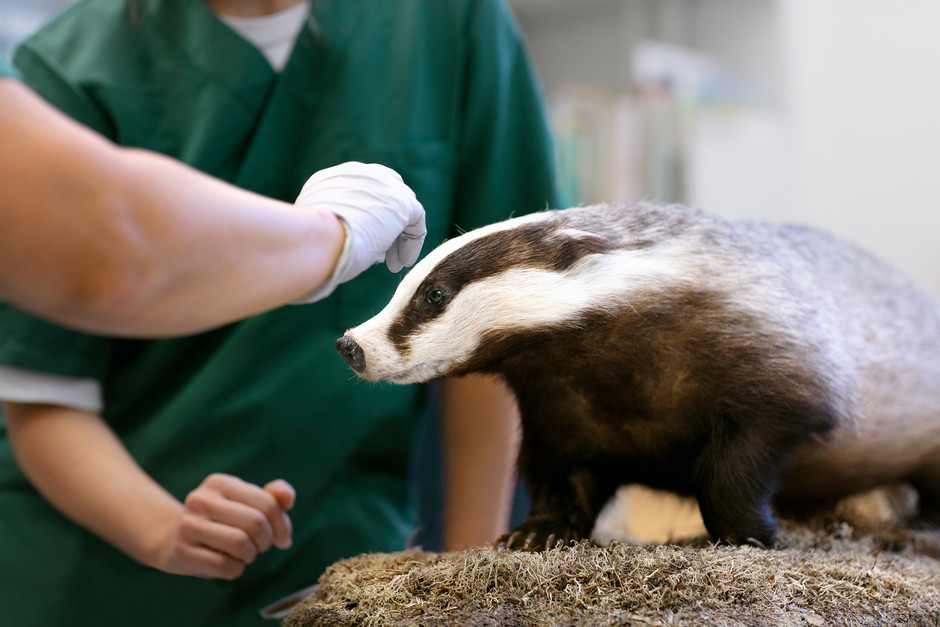About the Taxidermist Workshop
The taxidermist workshop is the museum’s facility for receiving, examining, and preparing deceased birds and mammals. It is equipped to handle various tasks, including animal dissection, sampling, cleaning skeletons, skin preparation, as well as the care and repair of zoological specimens.
While the majority of items prepared in the taxidermist workshop are incorporated into the museum's collections, some are also utilized in public activities.
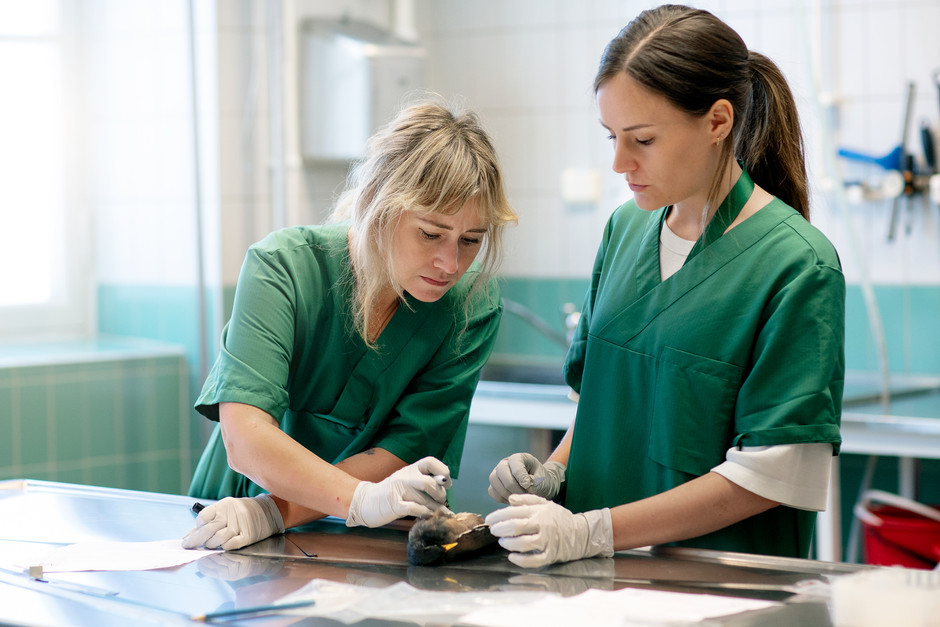
Personnel in the taxidermist workshop dissecting a small bird.
Facilities
Heating vessel
Larger skeletons are prepared and cleaned through a heating process, where enzymes are used to dissolve muscles and other tissues. For this, we use a 900-liter stainless steel vessel with adjustable time and temperature.
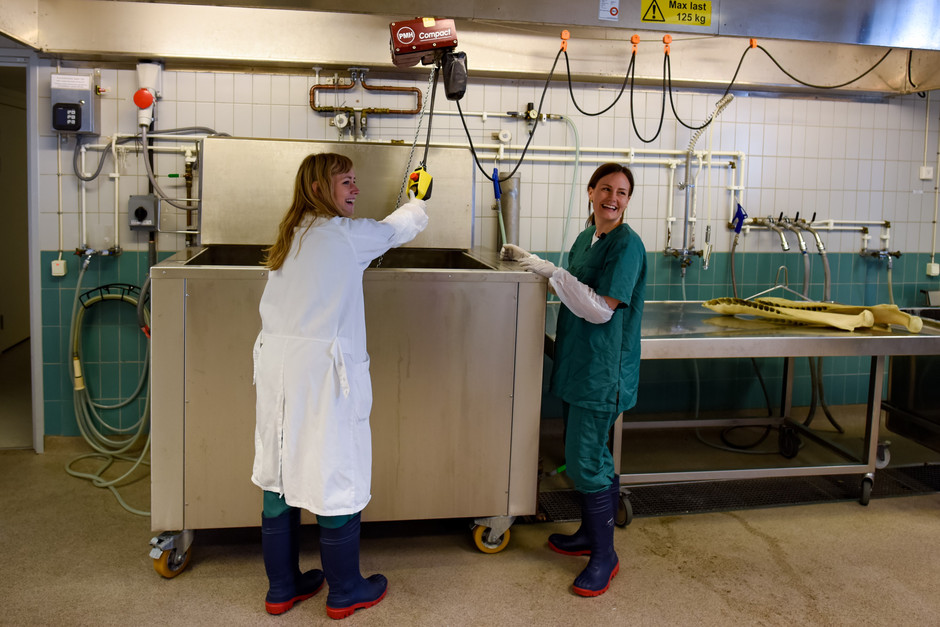
Image taken during the cleaning of a killer whale skull that arrived at the museum in 2023. Photographer: NRM
Dermestarium
The Dermestarium is where the museum’s taxidermists prepare smaller skeletons. Here, carcasses are cleansed using live insects known as dermestid beetles (Dermestes haemorrhoidalis), which consume flesh and other soft tissues. This process occurs in a separate building to prevent the beetles from entering the museum's collections and causing damage.
Dissection room
The taxidermist workshop is equipped with a fully functional dissection room, used, among other things, to dissect seals and otters to investigate environmental pollutants.
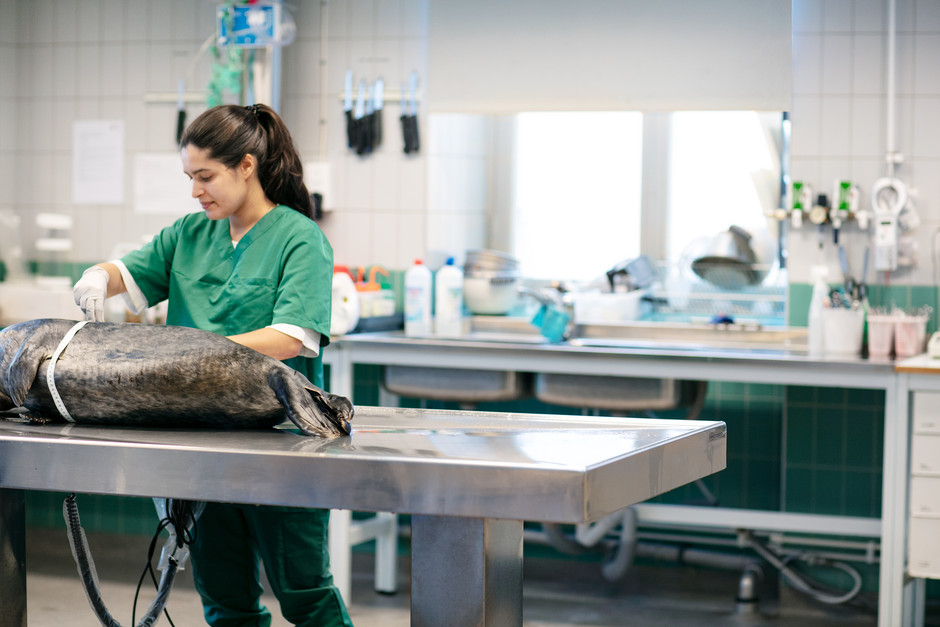
Frequently Asked Questions
What happens to birds and mammals sent to the Swedish Museum of Natural History?
- Initially, an assessment is made regarding which parts of the animal are relevant for the museum to preserve for educational or research purposes. Commonly preserved items include muscle samples, organs, skins, or skeletons. Sometimes, we preserve the entire animal in alcohol.
- The animal is then sampled, and the selected parts are taken care of and prepared. During the preservation of the chosen parts, the animal is weighed, measured, sexed, and aged. Seals undergo a more comprehensive autopsy performed by pathologists and veterinarians, in order to monitor the health of the seal populations.
- Information about the animal and related findings is stored in databases, while the physical material is incorporated into the museum's zoological collections and/or the environmental sample bank. Once the material has found its way to the collection, it is available for researchers worldwide.
Contact information


